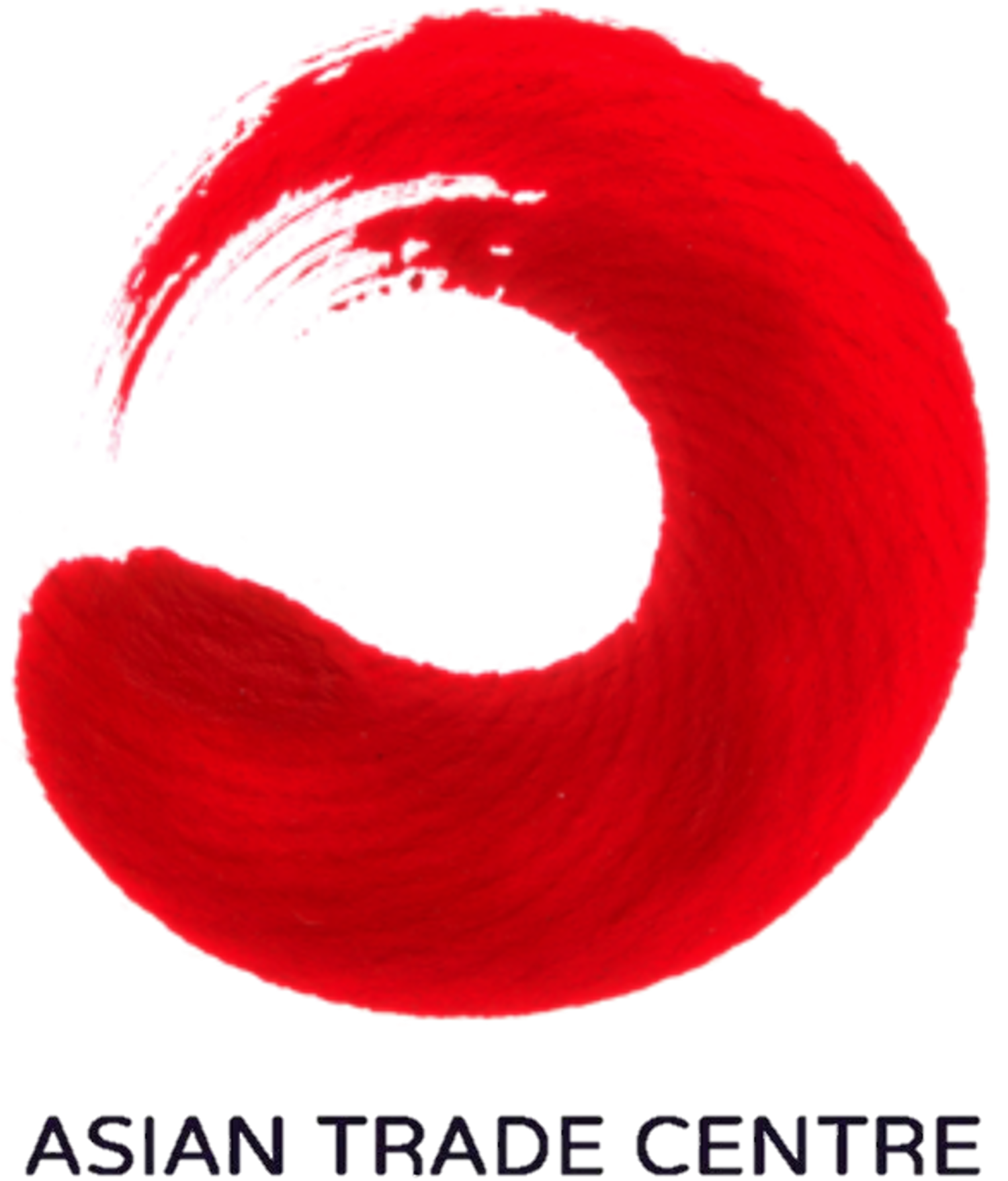Because the United States is the world’s greatest market, it should—by definition really—run trade surpluses in goods with everyone. The fact that it does not is therefore automatic evidence of cheating. Bigger trade deficits are confirmation of deeper duplicity on the part of trade partners. The rest of the trade agenda, therefore, should be turned to figuring out how to stop everyone else from cheating by cracking down on such unfair practices and return the US to nothing but surpluses again. This may mean using novel interpretations of laws or regulations to eliminate devious behavior from others. Admittedly, this trade agenda is not stated quite so baldly, but if boiled down to the essence, this is what it looks like. There appears to be no use in trying to use logic to unpick any element of this agenda and show how and why it is wrong, unlikely to bring about the desired results, or just plain crazy. This is not an agenda that can be untangled by data, altered by evidence, or adjusted by argument.
Living with American Uncertainty
The NAFTA negotiations have implications for Canada beyond simply the talks in Washington. If the United States is no longer a reliable partner, then Canada needs to start thinking about a different approach. It needs to think about this now and it needs to do so quickly. Canadian officials appear to have adopted a similar strategy to many other countries. First, they have tried to figure out what the US is likely to want. They have dispatched various delegations to DC to have conversations with the President and others. Second, they have started discussions with other countries. For Canada, this means starting negotiations with China on a free trade agreement. These talks will likely take time to conclude, hence the urgency in beginning now.
EU-Singapore FTA Moving Forward At Last
Fortunately, in the EU-Singapore FTA ruling, the Court took a relatively narrow perspective. It said that the EU had the authority (or “competence”) to negotiate and approve trade agreements on all topics except a very limited slice of investment (basically portfolio investment) and investor protection. These two issues will need to be approved by the member states. While this approval is being sought for EU-Singapore, nearly all of the FTA can begin. The agreement always had imagined a lengthy approval process, so negotiators planned for a provisional entry into force clause that can now be activated for all aspects of the agreement that fall under EU competence. In practice, this means that 95% or more of the deal will start. Again—for firms, this means the entire EU-Singapore FTA agreement except for commitments on portfolio investment promises and the elements of Chapter 9 on investment called the investor-state dispute settlement (ISDS) will be starting shortly.
Market Access for Goods in TPP11
The trade ministers from the 11 Trans-Pacific Partnership (TPP) countries will be gathering this weekend in Hanoi to discuss bringing the agreement into force. The Asian Trade Centre and APL Logistics have created a new booklet to highlight some of the specific market access benefits for companies. To see what the TPP with 11 parties delivers in wide range of products, we highlight seafood, wine, plastics, cosmetics and soap, shampoo, wood, furniture, iron and steel and some footwear and textile categories. The product categories were chosen to illustrate the range of different market access commitments made by TPP11 members. Many of these items show tariff cuts from as high as 40% to zero. The TPP continues to offer substantial market access benefits to participating member countries. Firms that operate in and across the TPP will face fewer tariff barriers with lower rates as quickly as the first day of the agreement.
Solving the Many Sides of RCEP
Since work is likely to continue towards solving the final row of the puzzle later, what matters is locking in progress in cracking most of the solution. Getting the final row done feels very satisfying, but more critical is working out how to get the lion’s share of the rows into place. This is true, even if it turns out that the final rows can’t be slotted into place using the existing directions for solving the puzzle. It will still push forward trade across Asia in ways that have not been tried in the region before and deliver economic benefits to companies and consumers. Getting to the end, however, remains a challenging goal. Solving a “normal” Rubik’s cube with four sides is hard enough. Completing one with 16 sides is testing the patience and negotiating skills of everyone involved.
